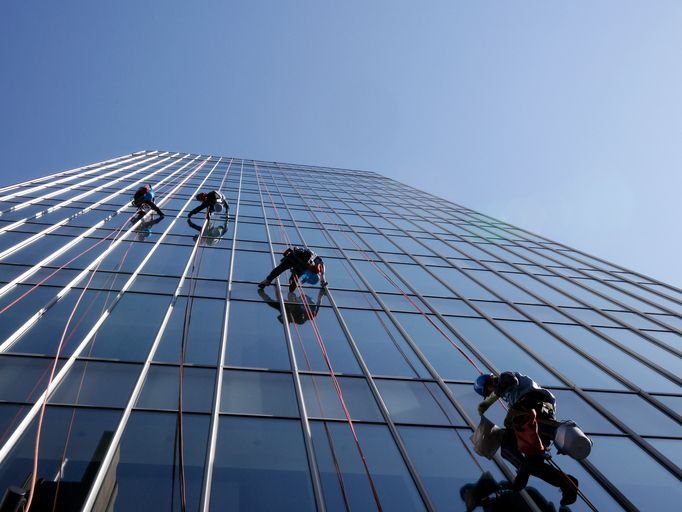Updated General Industry Standard for Fall Protection: What You Need to Know
Statistics show that slips, trips, and falls are among the leading causes of work-related accidents and injuries in general industries. To improve worker protection, the Occupational Health and Safety Administration (OSHA) recently revised its general industry standard on Walking-Working Surfaces and Personal Protective Equipment (Fall Protection Systems). Approximately 112 million workers will be affected by the final ruling, which will be effective on January 17, 2017.
What is OSHA's Purpose?
OSHA’s existing standard (29 CFR part 1910, subparts D and I) has not been updated since 1971. The final rule addresses technological advances over the last few decades and aligns general industry requirements with other national standards. Aside from minimizing slip, trip, and fall hazards, it also establishes additional requirements for personal fall protection systems. This regulatory update is estimated to prevent 29 deaths and 5,842 injuries yearly.
The revised standard is a welcome development for employers seeking more options regarding fall protection and compliance. Here are some of OSHA’s most relevant updates and provisions:
Fall Protection Flexibility
Employers were mandated to use guardrails as the primary fall protection method for the longest time. Under the updated rule, employers can choose the fall protection system that suits their work environment best. Safety net systems, personal fall arrest systems, positioning systems, travel restraint systems, and ladder safety systems can now be used aside from guardrail systems.
Rope Descent Systems and Certification of Anchorages
In 1991, OSHA released a memorandum that allows employers to use rope descent systems to perform work in elevated settings. Aside from codifying the use of such systems, the final rule added a height limit of 300 feet. Employers must also obtain a written affirmation from building owners, which certifies that personal anchorages can support at least 5,000 pounds for each attached worker.
Ladder Safety Requirements
Twenty percent of all injuries in general industries are related to falls from ladders. The new rule specifies fall protection requirements for fixed and portable ladders—including mobile ladder stands and similar platforms to protect workers from associated hazards. Generally, ladders must be able to support the maximum intended load. On the other hand, mobile ladder stands must support four times the maximum intended load. All ladders must be inspected to identify injury-causing defects before their initial use at work.
Training Requirements
Employers must ensure that all workers who use personal fall protection systems and work in specific, highly hazardous situations are trained and retrained accordingly. Under the new standard, a qualified person must train workers to identify and mitigate fall-related hazards; use rope descent systems and other personal fall protection systems; and inspect, maintain, and store fall protection equipment or systems. While most of the updates will be effective early next year, the effectiveness dates of other provisions are extended.
To stay on top of these regulatory updates, employers must review their compliance programs and provide fall protection general industry training for their workers. Visit OSHAcampus to find out more about online fall protection training in general industries. You can also sign up for your OSHA 10 and 30 training courses, too.









